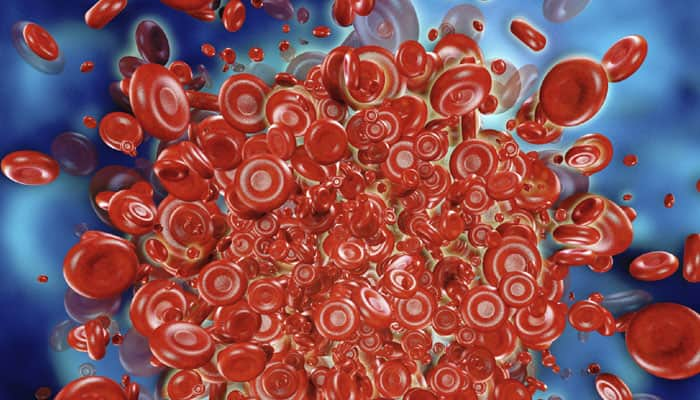Ashok Kumar/OneWorld South Asia
New Delhi: New HIV infections have fallen by 49 per cent in Southern Asia, says the final report on Millennium Development Goals released by the United Nations Economic and Social Communication for Asia-Pacific (UN-ESCAP).
According to the report, new HIV infections worldwide fell by approximately 40 per cent between 2000 and 2013 while over 6.2 million malaria deaths have been averted between 2000 and 2015.
Crediting the MDGs for their effective role in combating HIV/AIDS, malaria and other diseases, the report said that the tuberculosis (TB) incidence rate has also been falling in South Asia. Globally, tuberculosis prevention, diagnosis and treatment interventions saved an estimated 37 million lives between 2000 and 2013.
The report reveals that under-five mortality rate in South Asia has fallen by 60 per cent or more since 1990 and the maternal mortality ratio declined by more than 55 per cent between 1990 and 2013.
The MDG report reassures that goal setting can lift millions of people out of poverty, empower women and girls, improve health and well-being, and provide vast new opportunities for better lives.
On the poverty front, by the year 2011, Asia had met the target of halving the proportion of people who live in extreme poverty. The report highlights that since 1990, the extreme poverty rate has been reduced by 66 per cent and 84 per cent in Southern Asia and South-Eastern Asia, respectively.
While Southern Asia faces the greatest hunger burden, with about 281 million undernourished people, Eastern Asia and South-Eastern Asia have reached the hunger target. China alone accounts for almost two thirds of the total reduction in the number of undernourished people in the developing regions since 1990.
Talking about primary education, the report states gender parity has been reached in both primary and secondary education with Southern Asia witnessing an impressive progress. “In 1990, only 74 girls were enrolled in primary school for every 100 boys in this subregion. Today, 103 girls are enrolled for every 100 boys. However, in Southern Asia, an estimated 57 per cent of out-of-school children will never go to school,” the report said.
On the subject of gender equality, the report says that women’s share of wage employment has continued to grow in Asia. However, in Southern Asia, women’s participation rate in the labour market is one-quarter to one-third of men’s rate. Between 2000 and 2015, the proportion of seats held by women in single or lower houses of national parliament increased from 7 per cent to 18 per cent in Southern Asia.
A significant progress has been metered with regards to water and sanitation. Since 1990, the proportion of the population without access to improved drinking water has been cut in half in Southern Asia. Nonetheless, nearly one-fifth of all people using unimproved sources live in South Asia.
Even as the proportion of population using an improved sanitation facility has increase by 25 percentage points since 1990 in Southern Asia, more than half of population in the region still lacks access to improved sanitation.
















